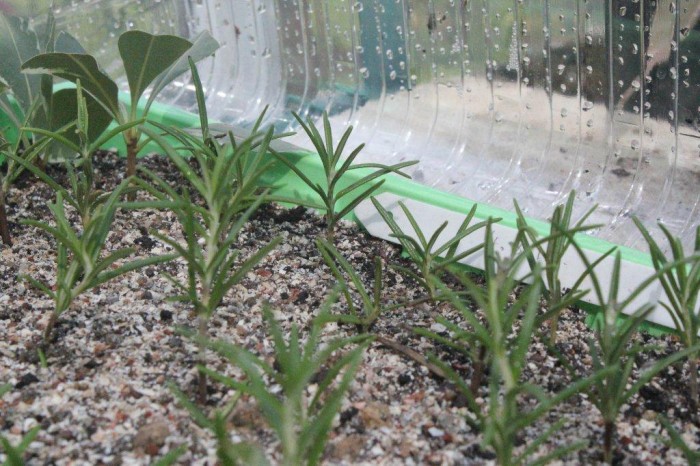September, is traditionally the month of lawn maintenance. If you have a small lawn, rake out the ‘thatch’ or dead grass and moss that has accumulated over the mowing season, using a wire rake, if your lawn is larger, hire a scarifier and share the it among several of your friends to save money or buy an electric scarifier. Spike compacted areas with a fork, face the front of the fork, then push the spikes into the ground rocking it backwards and forwards to loosen the soil. In severe cases you may need to ‘hollow tine’, to break up surface compaction, these too can be hired or there are smaller versions as hand tools which are like a large apple corers. Finally, brush in top dressing, repair worn patches, with seed and feed with autumn lawn fertiliser.
Keep your hanging baskets in top condition by feeding with high potash fertiliser, watering and deadheading – you will be surprised how long they’ll last. It’s not just hanging basket plants that benefit, roses, dahlia’s and perennials flower for longer if you remove fading flowers and keep watering containerised Camellias and rhododendrons, to ensure that flowers are formed for next year.
Perennial weeds are particularly vulnerable to translocated weed killers as growth slows, later in the month; sap is stored in the roots where it works slowly and thoroughly. Always follow the manufacturer’s instructions and spray on a still, dull day – you wouldn’t want to kill your prize plants by mistake! Protect them with a board or have a full watering can nearby, then you can wash off any weed killer, that ends up in the wrong place.

Early frosts can strike in September in the North (what a terrible thought!) and can signal the end for tender plants, like Osteospermum’s and Agyranthemum’s. Listen to the weather forecast, bring them under cover and take soft tip cuttings, in case the parent plants don’t survive. There is still time to take semi- ripe cuttings, from plants like ‘Rosemary’, too. I recently propagated a tray full, alongside a few ‘Pittosporum’ cuttings – it is very straightforward. Remove several young healthy shoots from this year’s growth from about 3” long, trim them just below a leaf joint with a sharp pair of secateurs or knife. Using your finger and thumb, strip off the leaves from the bottom 2.5cm of the cutting and dip it in hormone rooting powder, tapping lightly to remove any excess. Fill a 9cm pot with cutting compost, firm it gently then insert the cuttings round the edge so the leaves of adjacent cuttings do not touch then firm the compost again. Water thoroughly, allow the compost to drain, then put the pot in a propagator or on a sunny windowsill. Keep the compost moist but not waterlogged and they should root in a couple of months. If you are taking a large number of cuttings, use a seed tray. It is a great way of getting lots of plants for nothing!
Happy Gardening!


